The oldest cities in the world
These cities, which are the 20 oldest continuously inhabited places on the planet, are a real occasion of travel in time . So few ancient cities have managed to resist the test of time, some still stand, better than that, they still live. Here are the 20 oldest cities in the world where life has never stopped beating its full. (In parenthesis, you have the date on which the first inhabitants settled).
20. Varanasi, India (1000 BC)
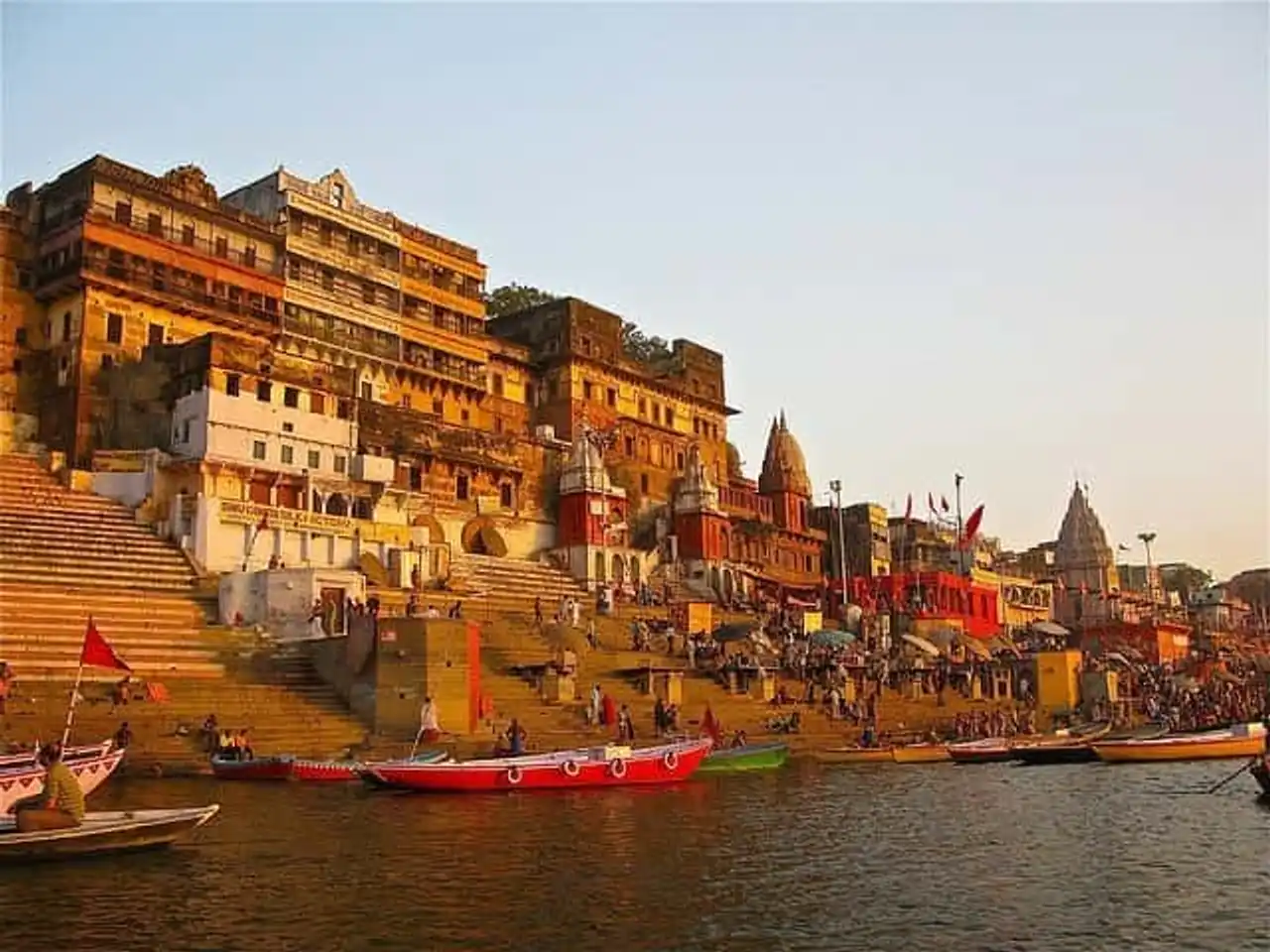
Flickr – Ken Wieland
Located on the west bank of the Ganges, Varanasi , also known as Bénarès, is an important holy city for both Hindus and Buddhists. According to legend, it was founded by the Hindu god Shiva 5,000 years ago, although modern researchers think it is almost 3000 years old.
19. Cadiz, Spain (1100 BC)
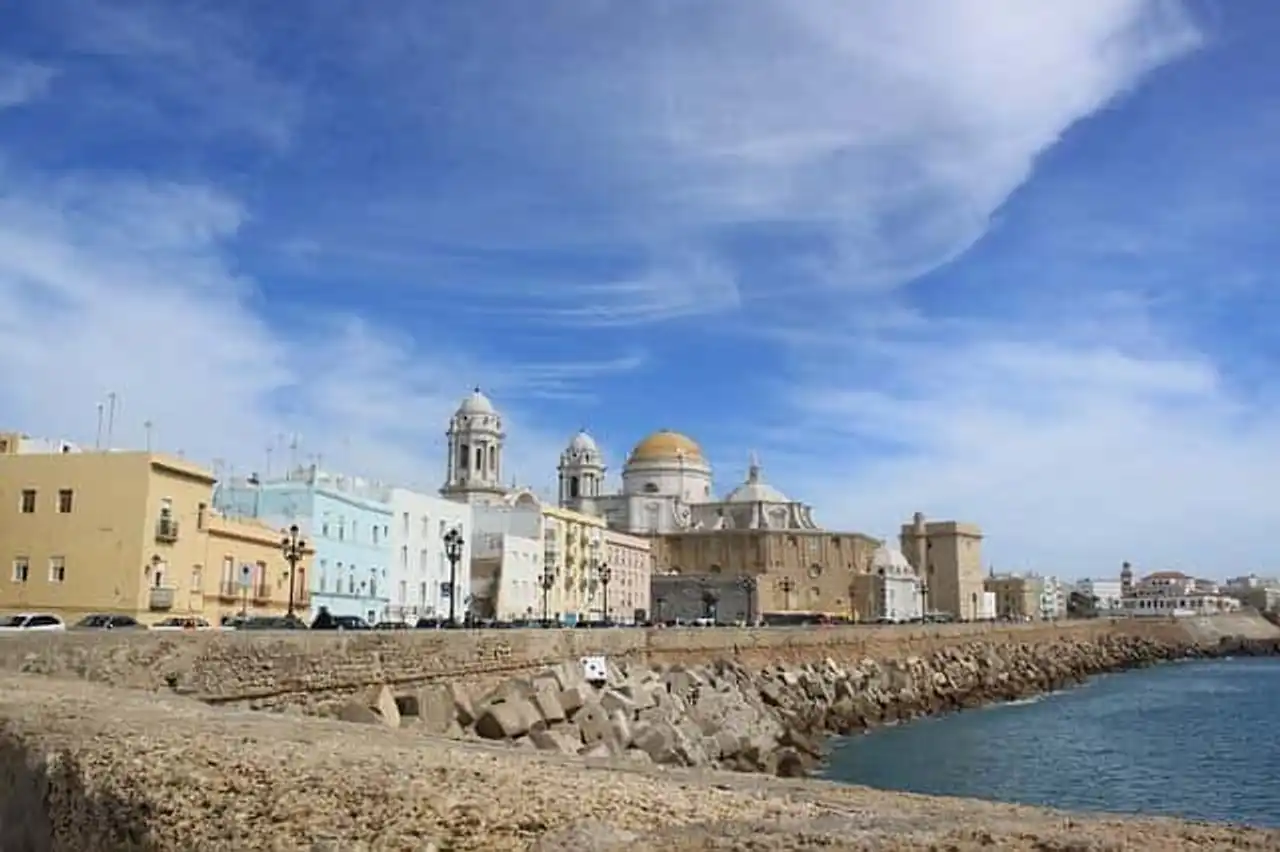
Pixabay – wopfl
Blottie on a narrow language of earth that advances in the Atlantic Ocean, Cadiz is the cradle of the Spanish Navy since the 18th century. It was founded by the Phoenicians as a counter and fell in the hands of the Carthaginians around 500 BC, becoming a base for Hannibal for the conquest of Iberia.
18. Thebes, Greece (1400 BC)
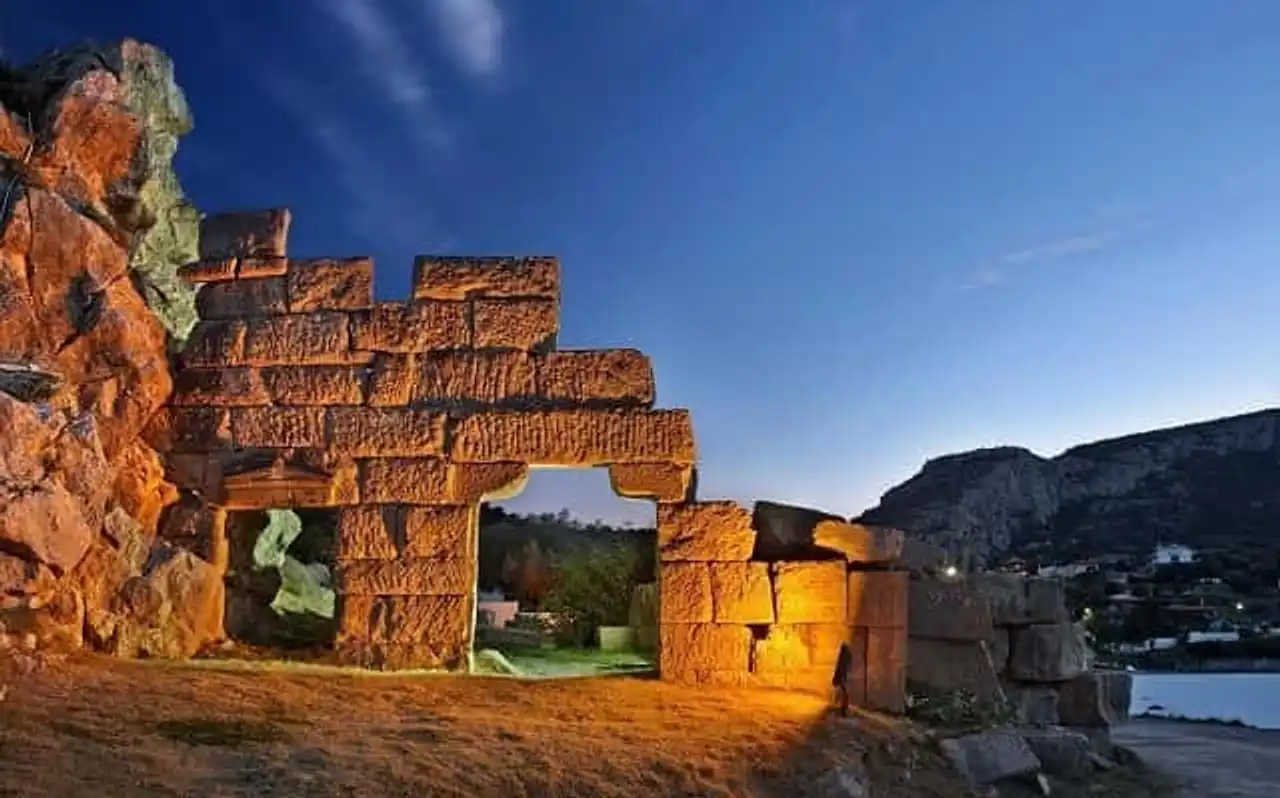
Alamy – Hercules Milas
Great rival of the ancient Athens, Thebes dominated the beotian confederation and even lent assistance to Xerxes during the perse invasion of -480. Archaeological excavations revealed mysterious installations dating further. Today, Thebes is only a simple town, a small commercial town.
17. Larnaca, Cyprus (1400 BC)
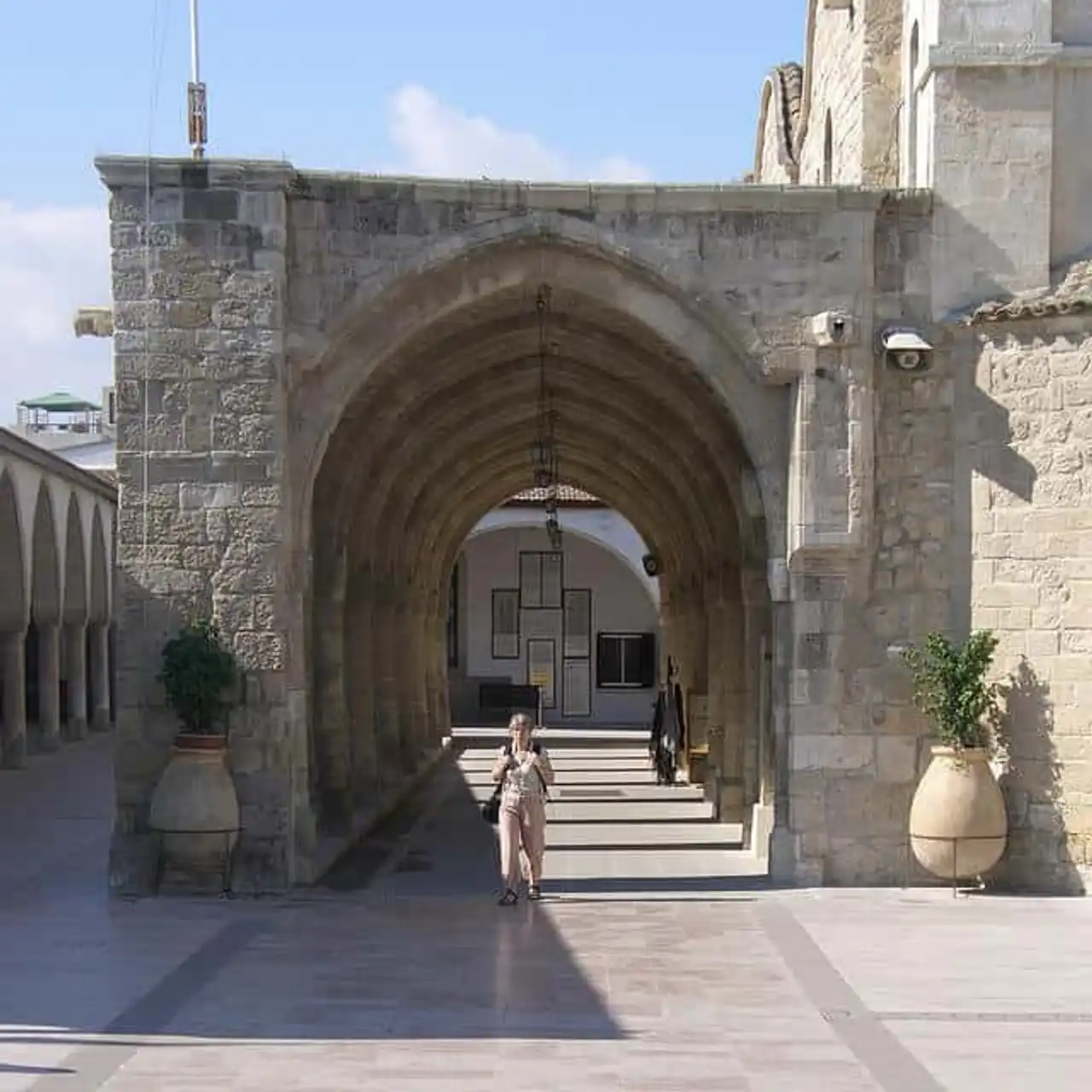
Flickr – Martin Belam
Founded by the Phoenicians under the name Cition Larnaca is well known for its pretty seafront lined with palm trees. Archaeological sites and many beaches attract visitors today.
16. Athens, Greece
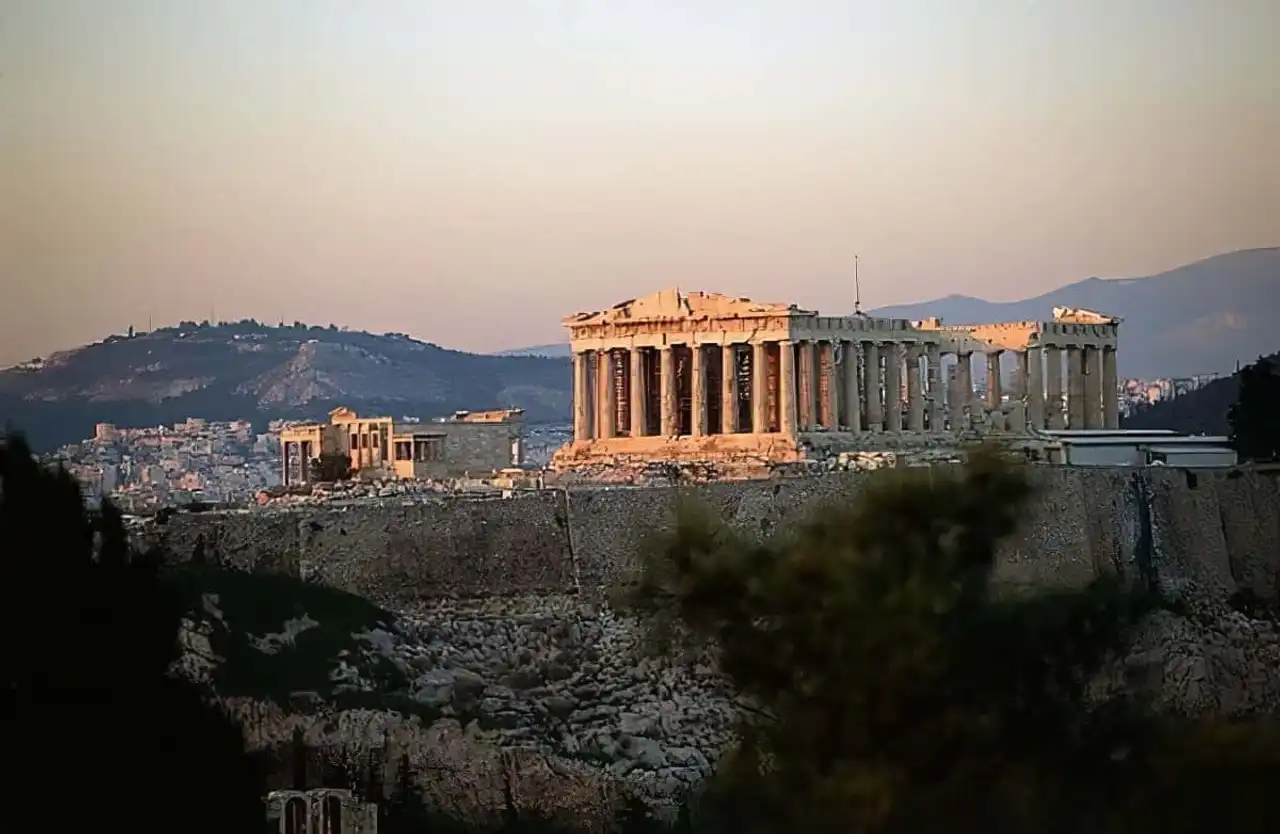
Flickr – Loic Pinseel
The birthplace of Western civilization and the birthplace of democracy, Athens’ legacy is still very obvious. The city is full of Roman, Greek, Byzantine and Ottoman monuments and remains a tourist destination very popular . Alexander the Great once said: "Great are the dangers I face to win a fame in Athens. »
15. Balkh, Afghanistan (1500 BC)
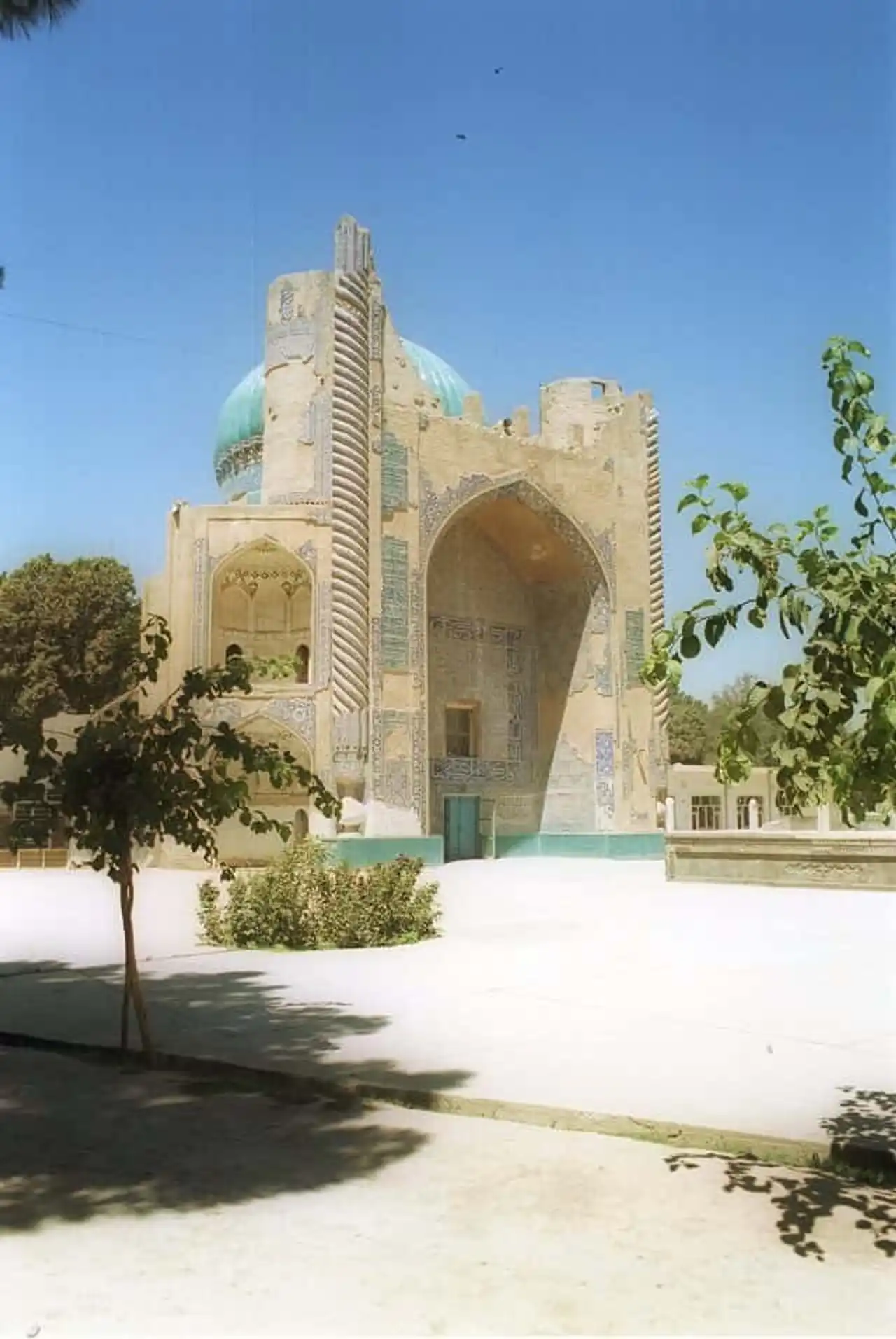
Wikimedia – bluuurgh
Known as Bactres (or Bactra) in ancient times, Balkh is in northern Afghanistan and is described as the "mother of cities" by the Arabs. It reached its peak between 2500 and 1900 BC before the rise of the Persian and Mediean empires. The modern Balkh houses the region’s cotton industry.
14. Kirkuk, Iraq (2200 BC)
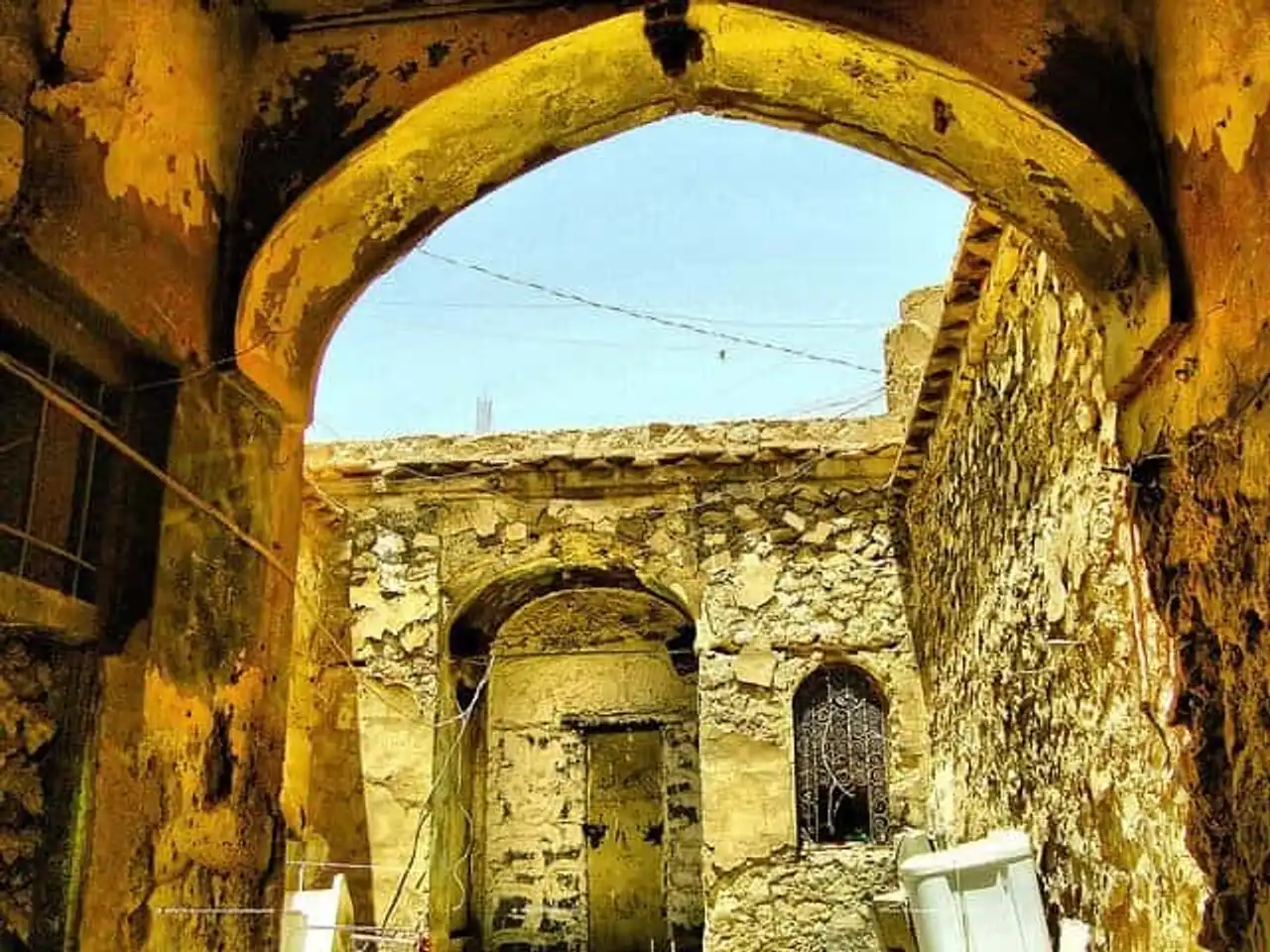
Flickr – Jan Sefti
Located about 240 km from Baghdad, Kirkuk stands on the site of the former Assyrian capital of Arrapha. Its strategic importance was recognized by Babylonians and Medes, who also controlled the city. The ruins of a 5000-year-old citadel are still visible, while the city is today the headquarters of the oil industry in Iraq.
13. Erbil, Iraq (2300 BC)
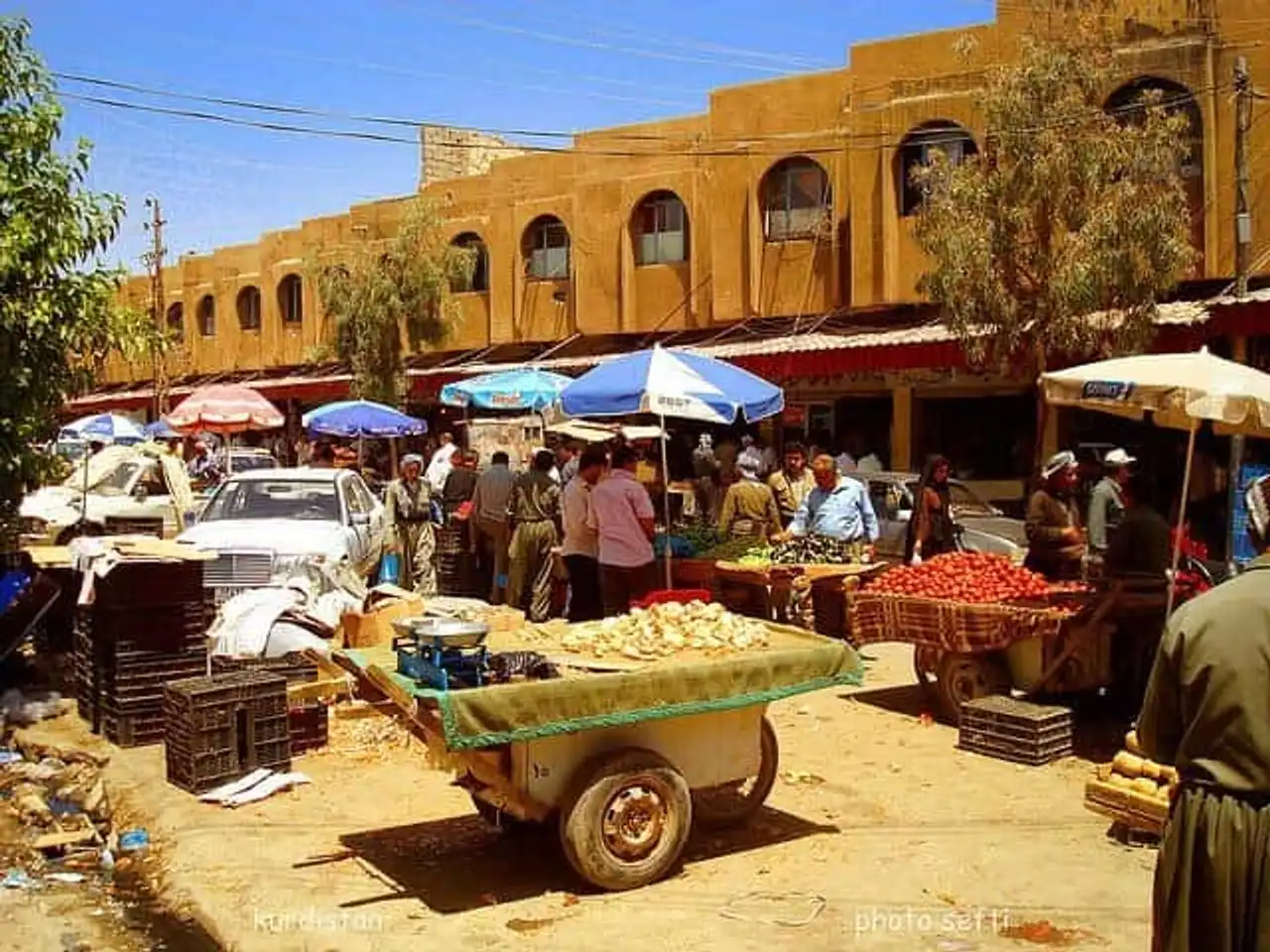
Flickr – Jan Sefti
In the north of Kirkuk is Erbil, which has been dominated repeatedly by the Assyrians, Persians, Sassanides, Arabs, and Ottomans. It was a major step on the Silk Road, while its former citadel, which is 26 metres high, still overlooks the horizon.
12. Tyr, Lebanon (2750 BC)
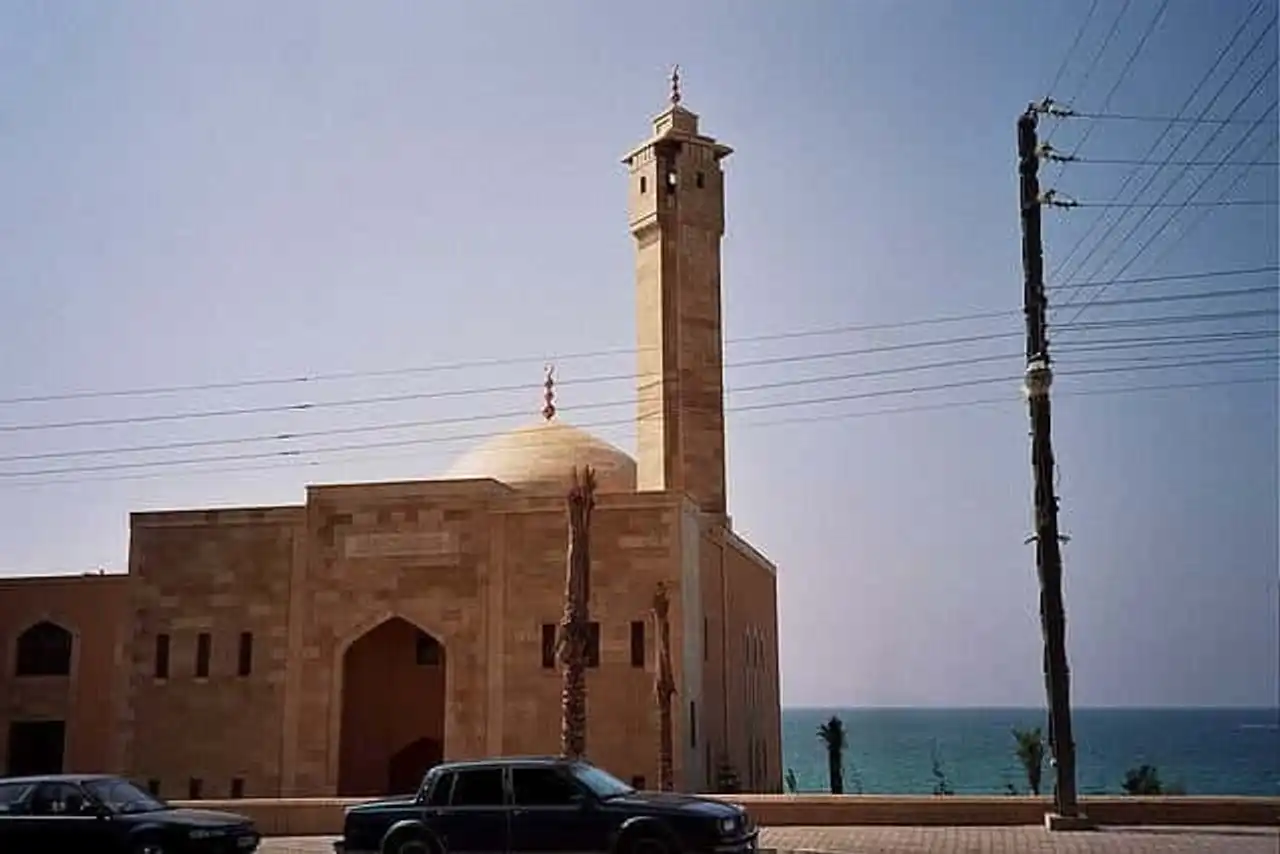
Flickr – upyernoz
The legendary birthplace of Europe and Didon, Tyr was founded around 2750 BC, according to Herodote. It was conquered by Alexander the Great in 332 BC following a seven-month siege and became a Roman province in 64 BC. Today, it is mainly tourism that makes the ancient Roman city live: the Tyr racecourse is classified as the UNESCO World Heritage Site. It is written in the Bible: "Tyre, she who distributed the crowns, she whose merchants were princes. »
11. Jerusalem, Israel (2800 BC)
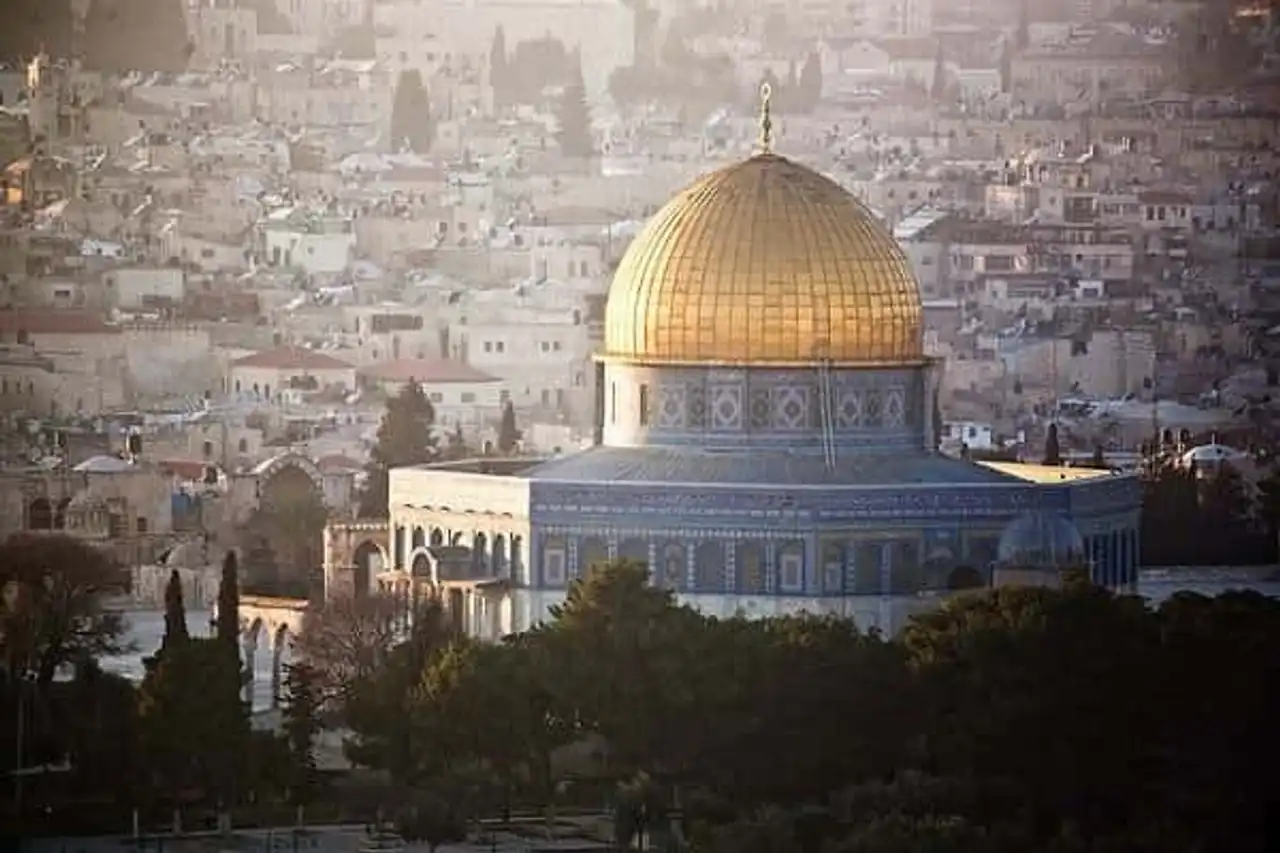
Flickr – Ingmar Zahorsky
Jewish people’s spiritual centre and third holy city of Islam, Jerusalem hosts several major religious sites, including the Dome of the Rock, Wall of Lamentations the Church of the Holy Sepulchre and the al-Aqsa Mosque. During its history, the city was besieged 23 times, attacked 52 times, captured 44 times and destroyed twice.
10. Beirut, Lebanon (3000 BC)
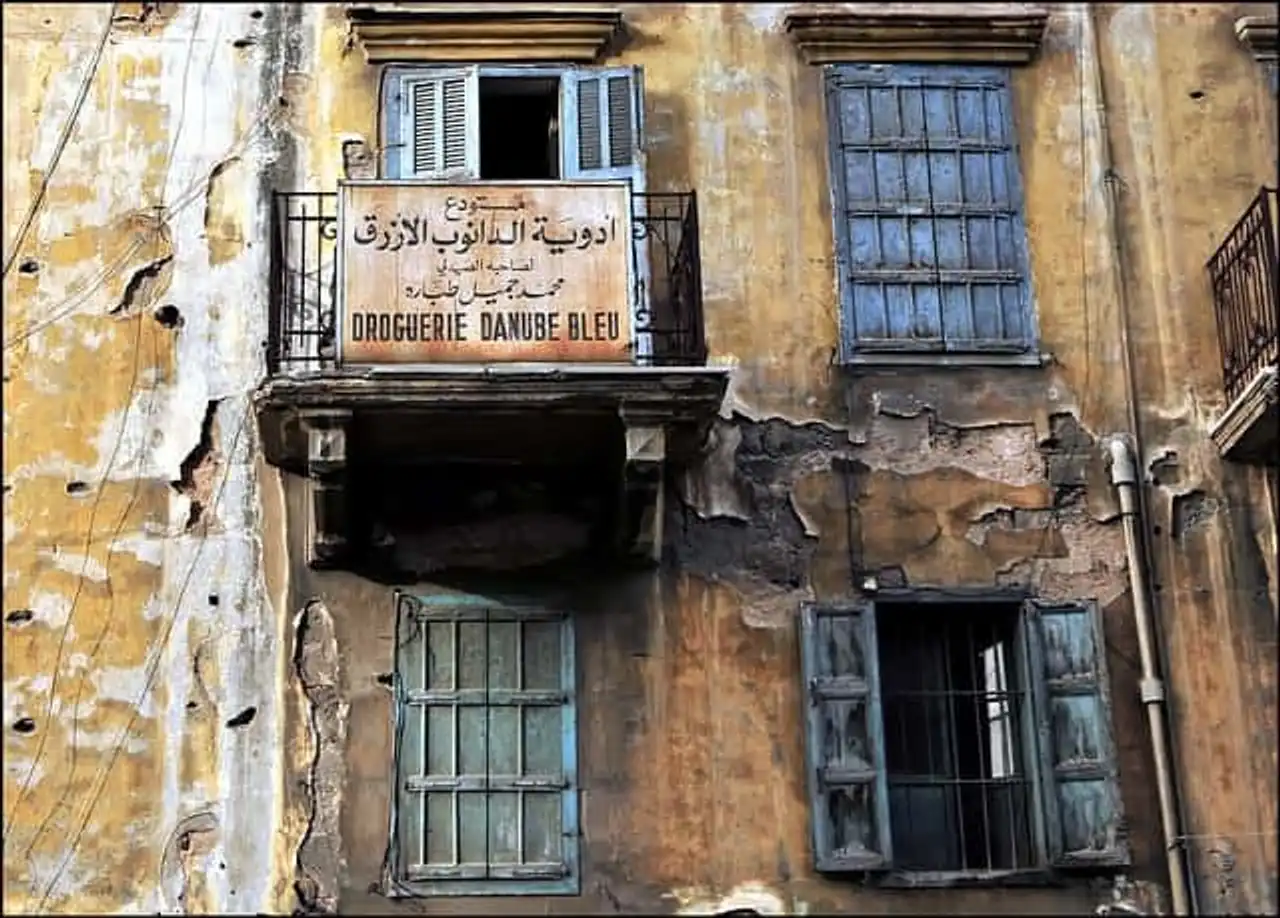
Flickr – Mohannad Khatib
The capital of Lebanon, as well as its cultural, administrative and economic centre, the history of Beirut dates back to about 5000 years. Excavations in the city have revealed Phoenician, Hellenician, Roman, Arab and Ottoman remains, while the city is mentioned in letters to the Pharaoh of Egypt from the 14th century BC. Since the end of the Lebanese Civil War, Beirut has become a vibrant and modern tourist centre.
9. Gaziantep, Turkey (3650 BC)
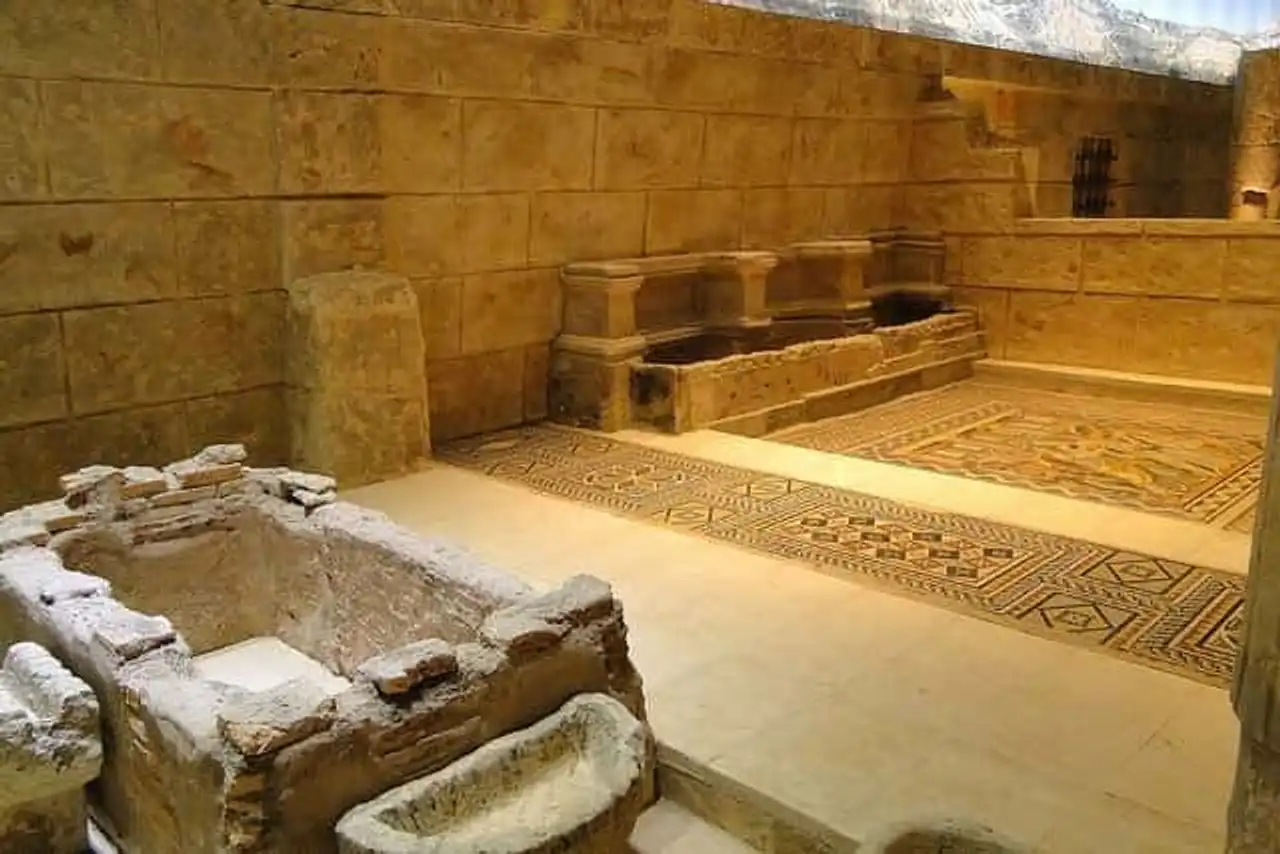
Flickr – Adam Jones
In southern Turkey, near the border with Syria, the history of Gaziantep extends as far as the Hittites. The Ravanda citadel, restored by the Byzantines in the 6th century, is located in the city centre, while Roman mosaics have also been discovered here.
8. Plovdiv, Bulgaria (4000 BC)
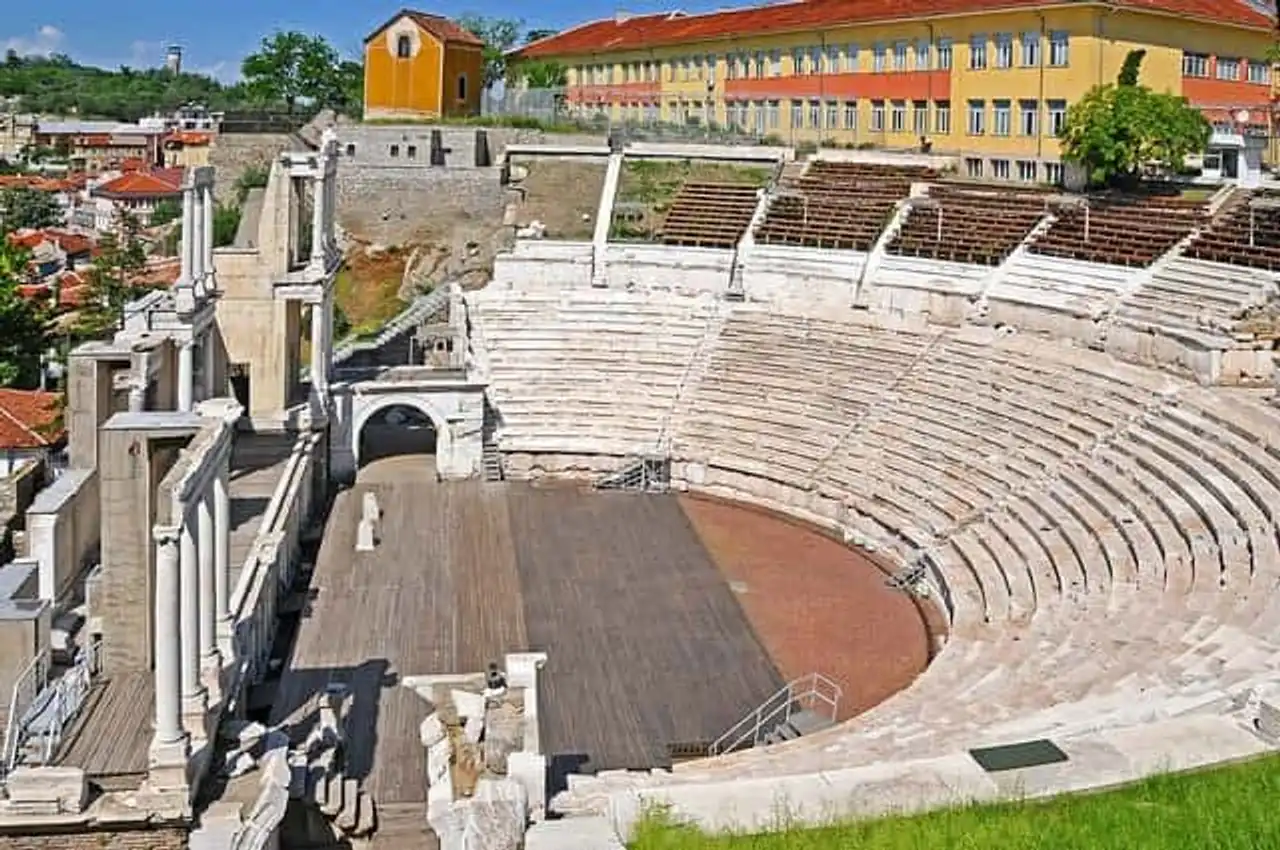
Flickr – Dennis Jarvis
The second largest city in Bulgaria, Plovdiv was originally a fortified thrace town, before becoming a large Roman city. It fell later in the hands of the Byzantine and Ottoman, before joining Bulgaria. The city is an important cultural centre and houses many ancient vestiges, including an amphitheatre and a Roman aqueduct, as well as Ottoman baths.
7. Sidon, Lebanon (4000 BC)
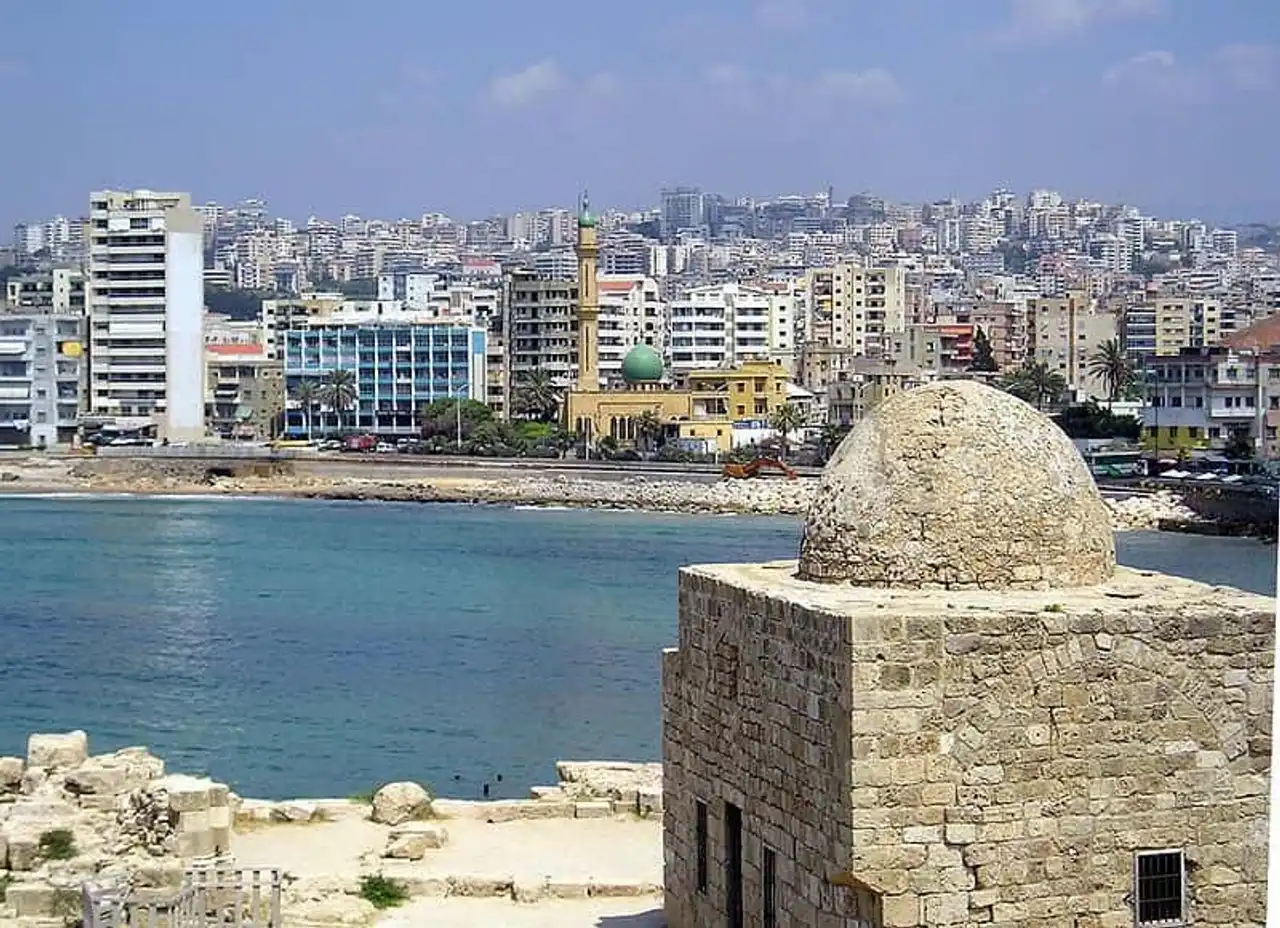
Wikimedia – SidonNewCity
About 40 km south of Beirut is Sidon, one of the most important, and perhaps the oldest of Phoenician cities. It was the basis from which the great Phoenician Mediterranean empire grew. Both Jesus and Saint Paul would have visited Sidon, as Alexander the Great did, who took the city in 333 BC.
6. Médinet el-Fayoum, Egypt (4000 BC)
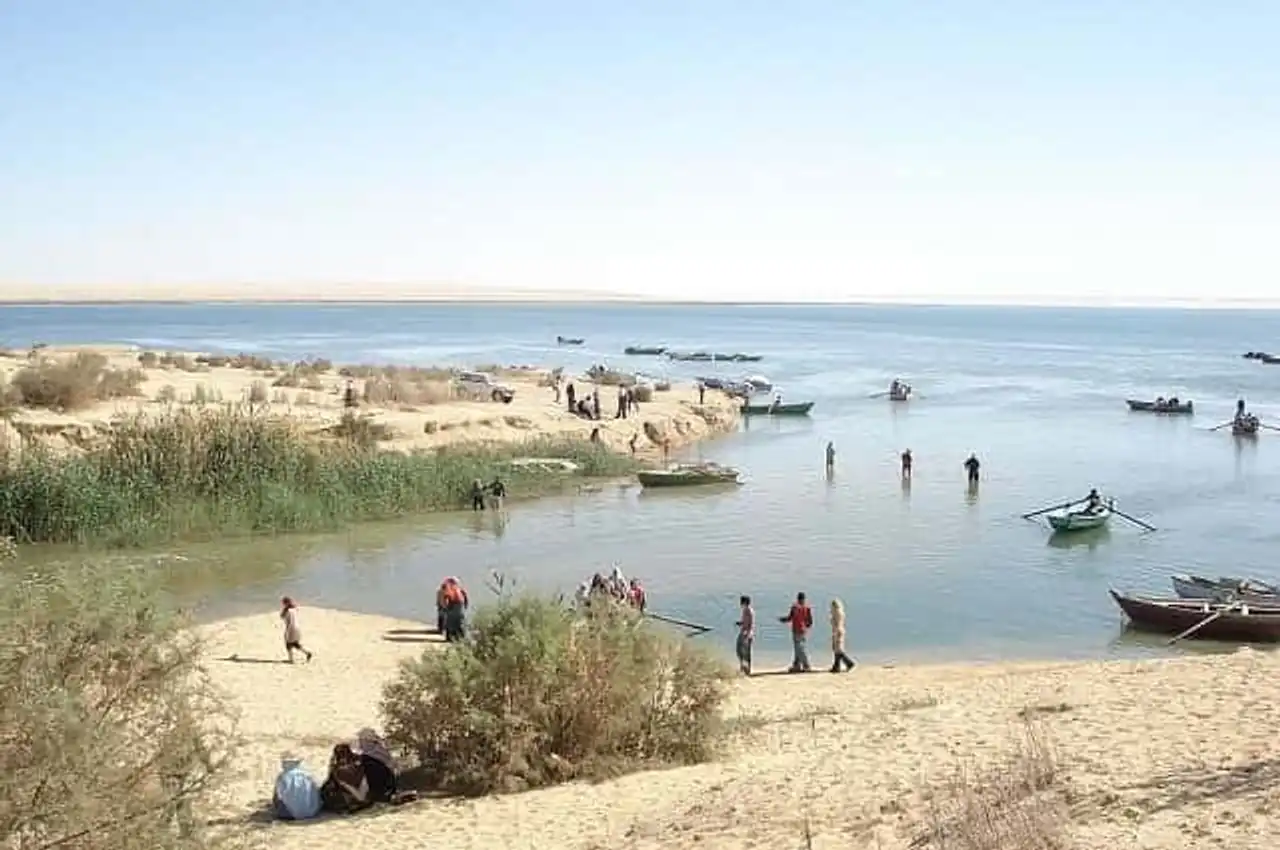
Wikimedia - Hussain92
In the southwest of Cairo, Fayoum occupies a part of Crocodilopolis, an ancient Egyptian city that venerated Petsuchos, a sacred crocodile. The modern town of Fayoum consists of several large bazaars, mosques and baths, while the pyramids of Lehin and Hawara are nearby.
5. Suse, Iran (4200 BC)
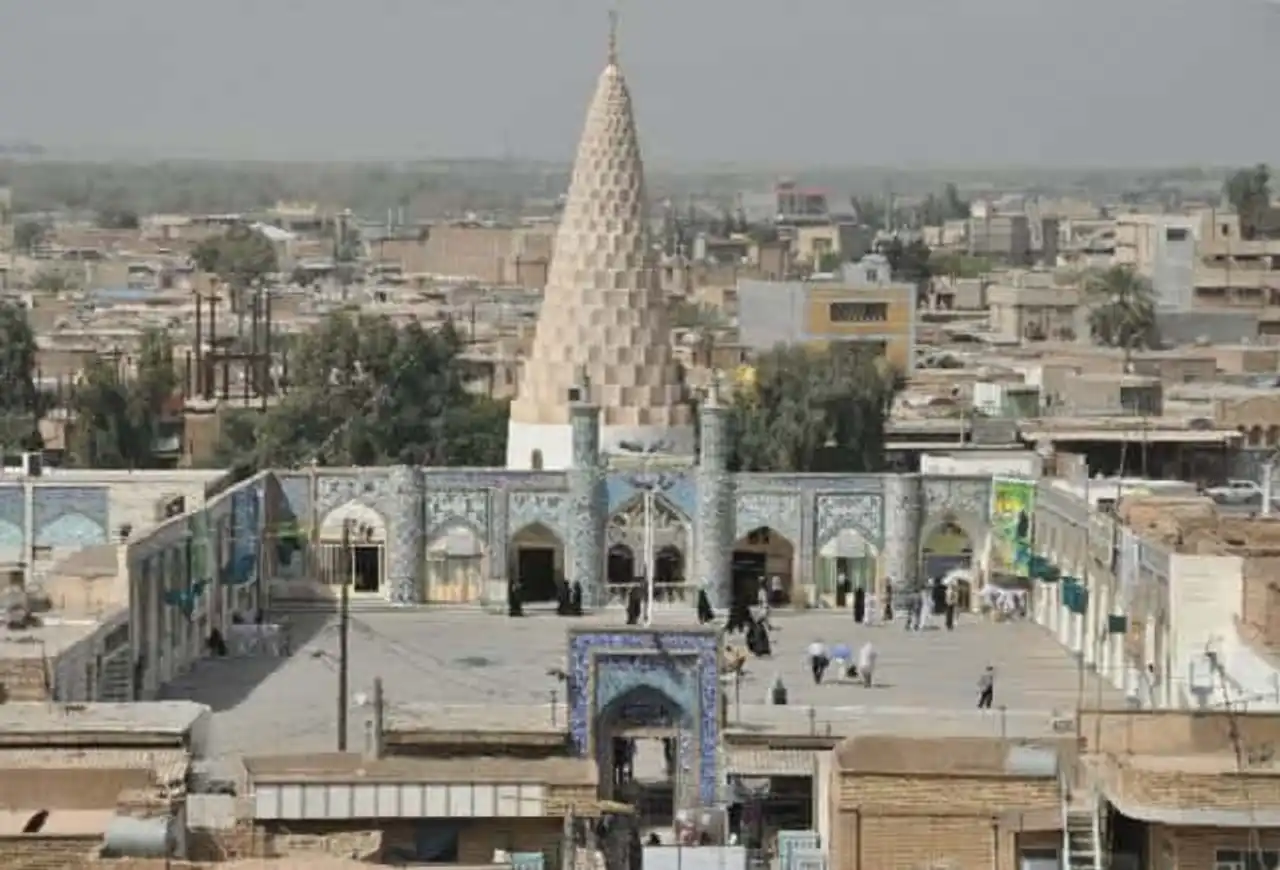
Credit – historicaliran.blogspot.com
Suse was the capital of the Elamite Empire before being captured by the Assyrians. It was then taken by the Achemenides under Cyrus the Great. This is the city where the play takes place The Persians of Eschyle, an Athenian tragedy that is the oldest play in the history of the theatre. The modern city, Shushan, is populated by about 65,000 inhabitants.
4. Damascus, Syria (4300 BC)
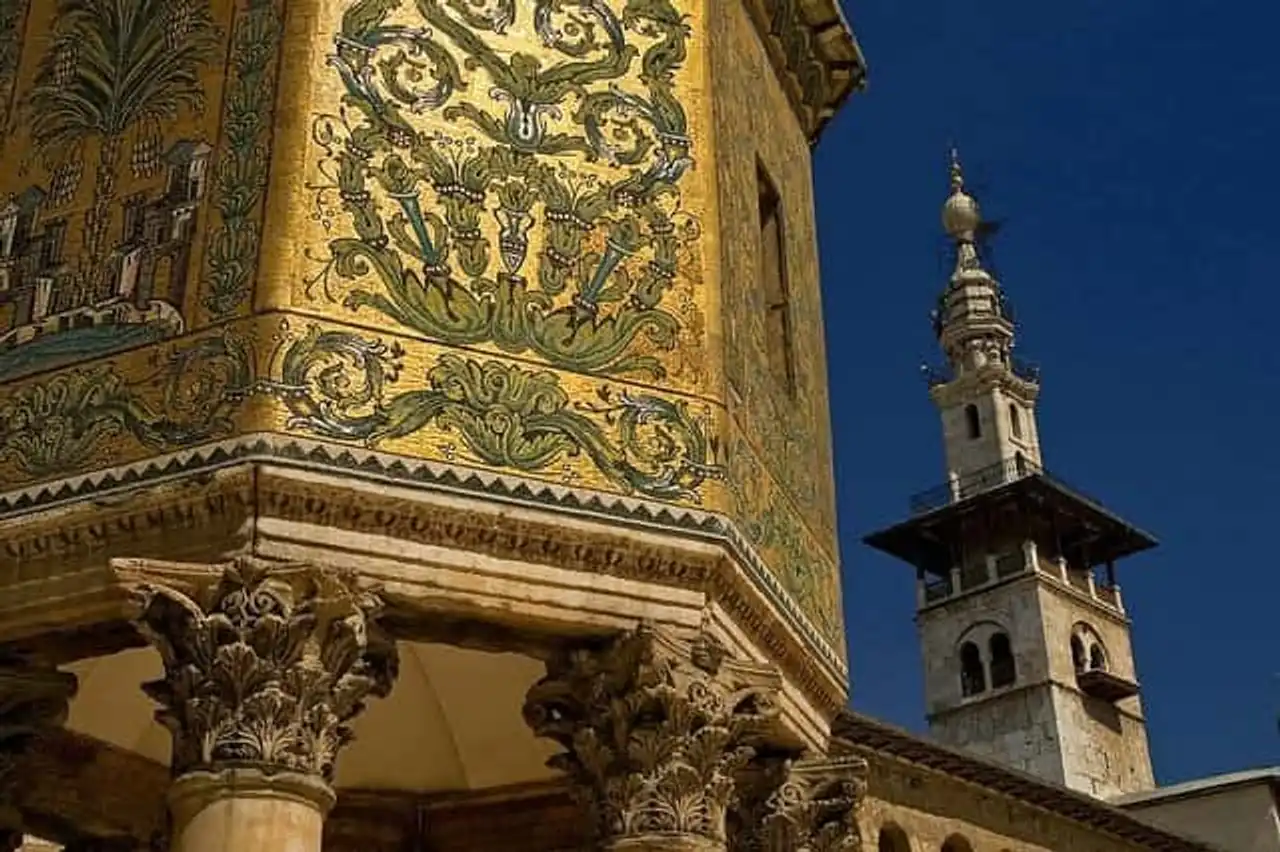
Flickr – James Gordon
Driven by some sources like the oldest inhabited city in the world, Damascus may have been inhabited since 10,000 BC, but the debate is still open to date. It became an important centre after the arrival of the Aramen, who established a network of channels, which still form the basis of its modern hydrological networks. Another conquest of Alexander the Great, Damascus has since been in possession of the Romans, Arabs and Ottomans. Its wealth in historical sites makes it a popular tourist destination, until the recent troubles hit it.
3. Aleppo, Syria (4300 BC)
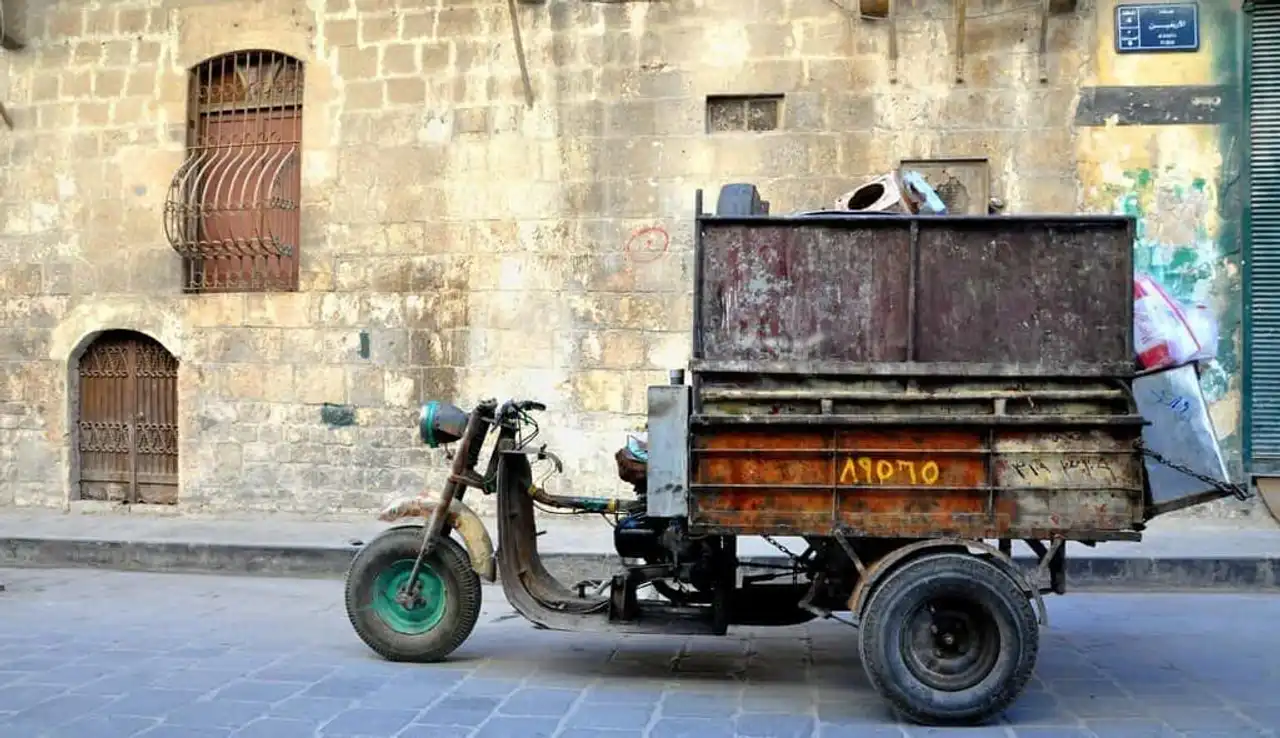
Flickr – Lazhar Neftien
The most populous city of Syria with nearly 4.4 million citizens in its agglomeration, Aleppo was founded under the name of Halab About 4300 BC. While the old site is occupied by the modern city, it is barely touched by archaeologists. The city was under hittite control until around 800 BC, before passing through the assyrian, Greek and Persian hands. It was then occupied by the Romans, the Byzantines and the Arabs, besieged by the Crusaders, then taken over by the Mongols and the Ottomans.
2. Byblos, Lebanon (5000 BC)
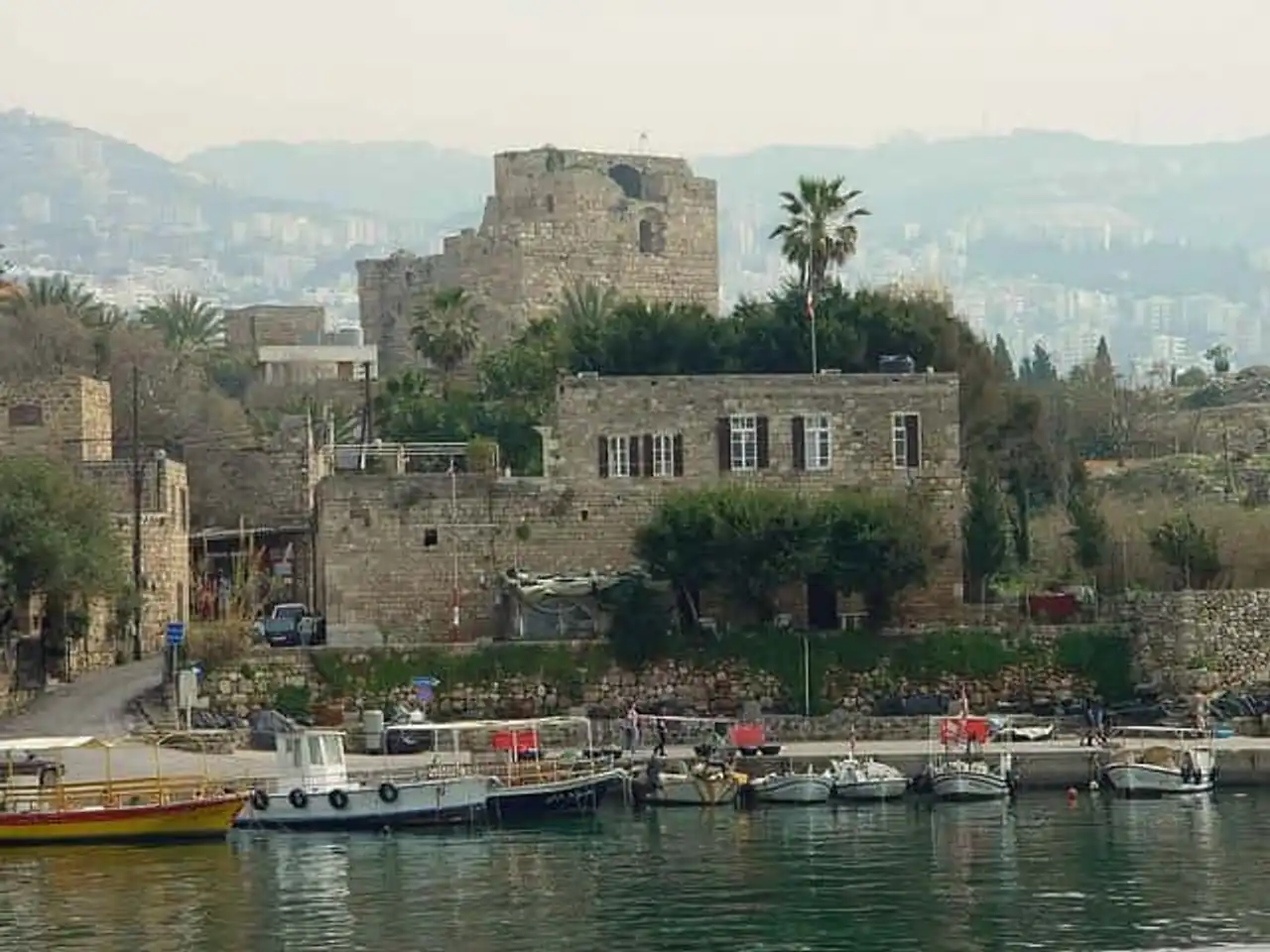
Flickr – Serge Melki
Founded " Gebal Byblos received his name from the Greeks, who imported the papyrus from the city. The word Bible is derived from Byblos. The main sights of the city are ancient Phoenician temples, the castle of Byblos and the Church of Saint John Mark, built by the Crusaders in the 12th century, as well as the walls of old medieval town. The International Festival of Byblos (music) is a more modern attraction.
1. Jericho, West Bank (9000 BC)
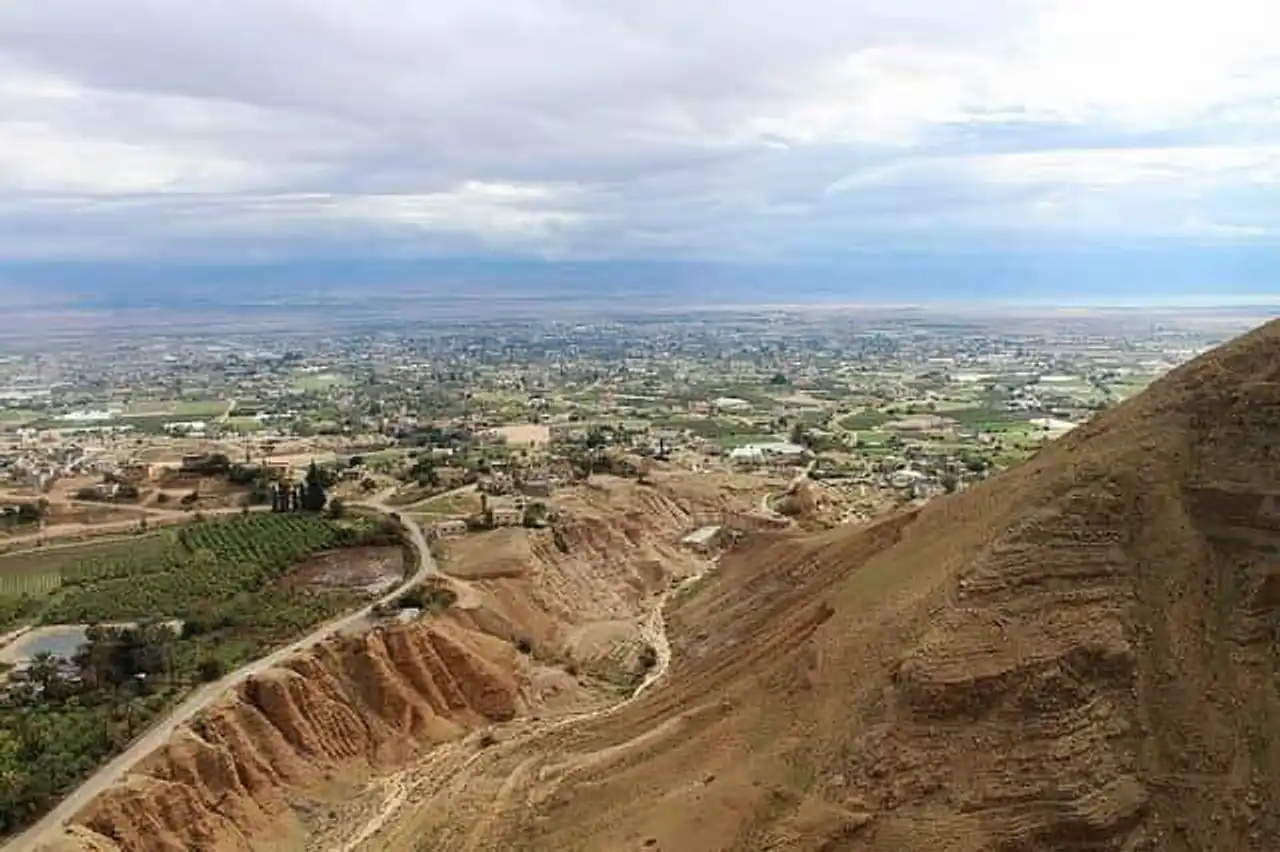
Flickr – hanming_huang
The oldest continuously inhabited city in the world, archaeologists have revealed the remains of 20 successive settlements in Jericho, dating from more than 11,000 years. The city is located near the Jordan River in the West Bank and now houses about 20,000 inhabitants.
For information, the other oldest European cities are Lisbon (about 1000 BC), Rome (753 BC), Corfu (about 700 BC) and Mantoue (about 500 BC).





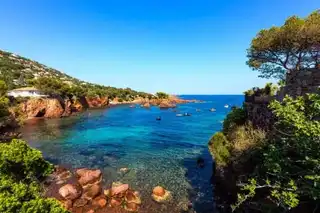

Loading comments ...